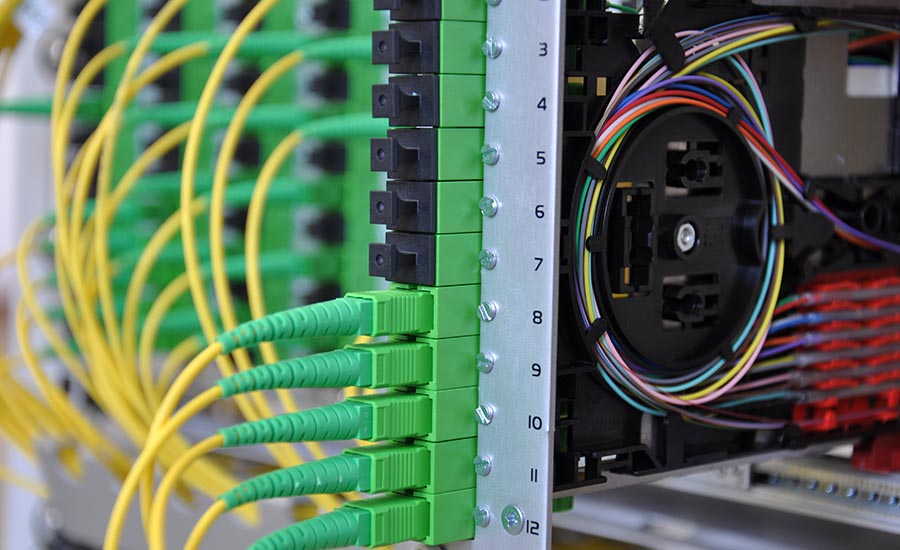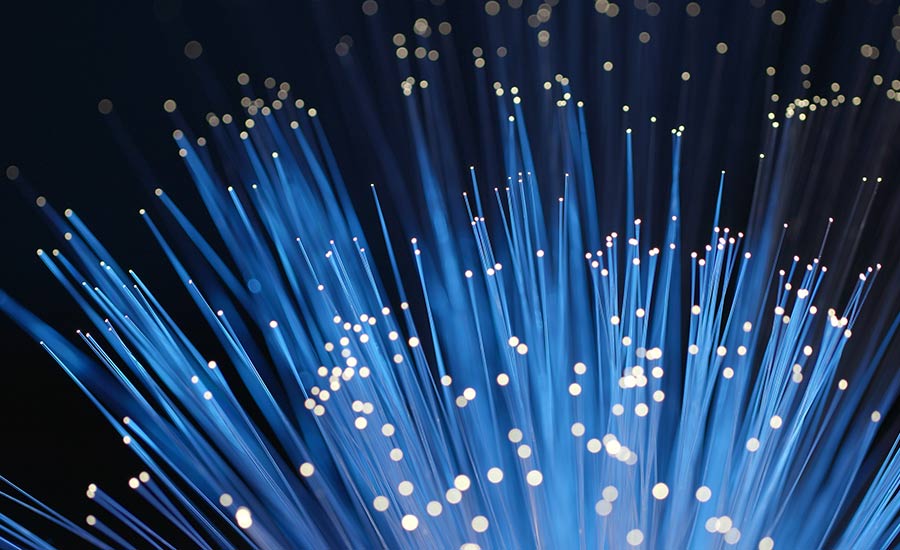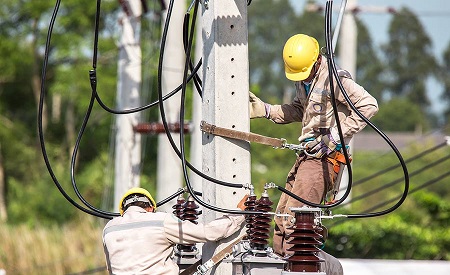
Telecommunications technology can be challenging to understand. The various technical terms and acronyms may even catch a very knowledgeable expert off-guard at times.
GPON is a great example. You may have heard this term before but would welcome a little clarification as to what it actually means.
In this blog post, we’ll tell you all you need to know about GPON: what it is, how it works and what its key benefits are.
Let’s dive in!
What Is GPON Technology?
The acronym GPON stands for Gigabyte Passive Optical Network. In order to define it, we must first define what a Passive Optical Network is.
A Passive Optical Network or PON is a type of a fiber-optic connection that delivers access to a specific network from a supplier to an end user. Most television and internet service providers use PONs to supply a high-speed, long-range, broadband connectivity to users.
The “G” in the acronym stands for Gigabyte. This means that GPON connections can reach speeds up to 2.488 Gigabits per second on the downstream (from the provider to the user) and 1.244 Gigabits per second on the upstream (from the user to the provider).

How Does GPON Work?
As we’ve established, Gigabyte PONs work mainly thanks to fiber-optic communication. However, there is more to it than that.
Gigabyte PON functions in the following way:
- Any Gigabyte PON network originates in the service nodes – data centers that are part of the provider’s network supply infrastructure.
- These service nodes are connected to the wider network via service node interfaces or SNIs – connectors that make the delivery of the connection possible.
- The connection passes from the service nodes through the SNIs and into the Optical Line Terminals or OLTs. Since Gigabyte PON networks have a limited range of around 12 miles, service providers would typically have multiple OLTs installed in key locations where they provide network access. The OLTs function as a central hub of the network, making it possible to deliver network access to multiple users at once.
- Along with OLTs, in order to make the delivery of the network to multiple users possible, the signal has to pass through a passive optical GPON splitter, which quite literally splits the signal into equal bundles of data. A single network can include multiple splitters depending on how many users it has. However, due to the design of the technology, a single optic fiber cannot service more than 64 end users.
- After passing through the optical splitter, the signal finally arrives at the Optical Network Units, located on the user side. The ONUs receive the data from the OLTs, interpret it, and deliver it to the end users, allowing them to enjoy the content that’s being sent through the network.
It’s important to point out that this entire process depends on the Optical Distribution Network or ODN.
The ODN is a framework of Passive Optical Components (POCs) that include all the equipment mentioned above, as well as the optic fibers themselves.
They are passive because they do not require power to operate and they send the signal both upstream and downstream.
Have more questions about GPON?
Talk to an expert!What Are The Advantages Of GPON Technology?
The key advantages of Gigabyte PONs, as compared to other types of connections, come from its design that involves optic fiber.
Compared to more common copper wires, optic fiber transfers signal as light photons and not electrons – hence the name “optic.”
As such, it doesn’t have the same limitations as the old-school twisted pair connections. Instead, it has the following advantages:
- Higher connection speeds. The optic fiber in Gigabyte PON networks essentially transfers light – and nothing can outrun light, at least in our universe. As such, Gigabyte PONs are capable of transmitting data at very high speeds – up to 2.488 Gb/s, to be exact.
- Energy efficiency. For the signal to be transmitted, it has to pass through several points – as we’ve established above. However, all these points are passive – they do not require additional energy to power them. This results in an end energy consumption of a Gigabyte PON that is much lower than that of, say, an ADSL one – 0.5 Watts/user compared to 1.8 Watts/user. This not only makes gigabyte networks less polluting, but also cheaper to maintain – which brings us to the next point.
- Easier and cheaper maintenance. A typical gigabyte network involves less equipment and components than an older standard network. Because these components are passive, they are more reliable and much cheaper to maintain or replace. However, that doesn’t mean that Gigabyte PONs are completely trouble-proof – sometimes they require expert input to ensure proper operation. Gigabyte PON repairs and maintenance are among the services that Commercial Electronics Inc. specializes in, providing a wide range of fiber optic repair and maintenance services.
Looking for GPON repair services?
Check our solutions!GPON Vs EPON: Key Differences
As we’ve established, Gigabyte networks are vastly superior to older or less advanced connection types.
However, GPON is not the only kind of Passive Optical Network. Its closest counterpart is EPON – Ethernet Passive Optical Network.
While the two systems are largely similar in their operation – sending data via passive fiber-optic networks – and are the dominant global standards of fiber-optic communications, they also differ along a few key parameters:
- Speed: Unlike Gigabyte networks which have a variable usable bandwidth on both upstream and downstream connections, EPON bandwidth is symmetrical and fixed at 1 Gigabit per second for both upstream and downstream data transfer.
- End user cost: Since Gigabyte and Ethernet networks are both based on fiber-optic framework, the development and deployment costs for both standards are largely similar. However, Gigabyte networks require special, more costly chipsets to accommodate the higher speeds. Ethernet networks, on the other hand, function with the already established Ethernet protocol, making them cheaper to the end user.
- Quality of Service (QoS): Quality of Service or QoS are protocols integrated into any telecommunication network to ensure that it operates smoothly. In the case of Passive Optical Networks, this means regulating parameters, such as bandwidth, latency, jitter and error rate, so that the end users of the network can enjoy an uninterrupted connection even during high traffic. To solve high traffic issues, Ethernet PON providers implement Virtual Local Area Network (VLAN) tags that allow them to improve their network capacity. Gigabyte PONs, on the other hand, have in-built QoS technologies, which makes managing network issues cheaper and easier.

GPON Network Takeaways
GPON or Gigabyte Passive Optical Network is one of the most sophisticated telecommunication systems to date.
Its high broadband capabilities, energy efficiency and simplicity of maintenance make it the network of choice for many providers of Inernet, TV and VoIP services.
While it’s not exactly a trouble-proof system, it’s vastly superior to older communication standards and even some older networks, such as EPON.




